Why Use Foreground Elements in Your Photography Composition
When on location, we spend a lot of time looking for foreground elements for our nature photography composition. We want to convey a sense of location – not just distant, untouchable beauty… but the feeling that you are a part of this place. When you use foreground elements in nature photography composition, you can see the tiny details right in front of you… reach out and touch the rocks or put your fingers in the water… walk into the photograph. A great nature photography composition should make you feel that you are standing at the location and experiencing it in person. Maybe that’s asking a bit much from nature photography, but we do try.
Here are some of the reasons why I love to use foreground elements in my nature photography compositions.
Creating More Personal Landscape Photography Compositions
The following photo is from Snowmass Wilderness in Colorado. We spent hours wandering these beautiful hillsides. The area offered stunning beauty, but not many obvious foreground objects. I used the interesting bark of the tree to give the viewer a sense of the texture of the bark. When you know how that papery, white bark looks and feels, you gain a deeper understanding of the place and a connection with the landscape you are photographing.
If you can get up close and personal with your nature photography compositions, your brain more fully interprets the images. You start to feel the textures in the bark, the warmth of the sun on your face. You know these sensations and, when you see a photograph, memory mingles with vision to evoke a response.
The image below from the Everglades National Park in Florida is entirely different from the last one. When you look at a photo, do you take the time to let the sensations of the place sink in? The dry grass crackling underfoot, the wind rattling the leaves, the light filtering through heavy thunderheads. And does the foreground in this shot help draw you in?
The photography composition of Image #2 from Everglade National Park creates an entirely different kind of personal experience. In this photo the small alligator in the foreground gives this image a sense of place. It also create a sense of danger for the viewer.
Not convinced? Try this… take a piece of paper and hold it up in front of your computer screen so that it covers the foreground in each photo above. In the photo from Colorado, cover up those tree trunks on the left. In the other two photos5, cover up the bottom third – or half – of the photograph. Is photography composition of these images as effective without the foreground elements? Do they create the same feeling or sense of place without the foreground elements?
Differentiating Familiar Terrain
What about shooting in locations that seem similar to one another? The desert, for example. Is one desert just like the next? Sand, tumbleweed, dunes. How do I convince you that you haven’t seen this desert before? The sky – lovely as it is – doesn’t tell you a thing about where you are. The distant mountains are indistinct. It’s the foreground that gives you a sense of place in my nature photography compositions. Take a look at the next three images and note how the foreground provides information about the place.
Not only are these nature photos of the desert, but they were all captured near Page, Arizona. A wide angle lens allowed me to get very close to my foreground to create these nature photography compositions with incredible depth.
One of the challenges I faced in capturing these images was to get everything sharply in focus. I used hyperfocal distance workflow to make sure that everything within my frame was sharply in focus. You can also use focus stacking to get close to your foreground elements in nature photography composition.
I also had to pay careful attention to my exposure when trying to capture nature photography composition with a very wide field of view. I used exposure bracketing to make sure that I had captured all the details in the foreground elements as well as all the details in the sky. With Photoshop, I could then manually blend these exposures to create the finished photo with incredible sharp details in the foreground elements. And remember, if these images were printed at large size, you’d be able to see even more details!
Creating Photography Composition with Shallow Depth of Field
You can use a creative composition in photography technique to create a sense of place by keeping the foreground element sharply in focus while letting the background fade out of focus. This technique requires the background elements to retain enough details so that the viewers can get a sense of place. This photography composition is sometimes referring to giving your nature photos a dreamy look. Jay used this technique to create a dreamy look in the nature photos below from Iceland and Fiji.
You want to capture the photo with shallow depth of field and retain enough details in the background to give sense of place. So your choice aperture and distance of your foreground element from the camera becomes very critical to achieve the dreamy look you are looking for. In the field, this often require experimenting with different apertures and camera positions to get it right.
An alternative technique is to use soft foreground elements in your nature photography to simplify and make your subject stand out. This photography composition works well when you have a strong subject that can stand on its own. In the photo of the puffin from Iceland, Jay blurred the foreground elements to not only simplify the photo, but also to hide the unappealing poop-covered rocks that the puffin was perched on.

Blurred foreground elements used in wildlife photography composition to simplify the photo and hide unappealing mid-ground.
As you can see from the above examples, foreground elements can be used in a number of different ways to enhance your composition and engage the viewer. Foreground elements in your nature photography composition aren’t always necessary, but it can be an important defining element.
Get creative! Invite the viewer to step into your mind and see through your eyes.


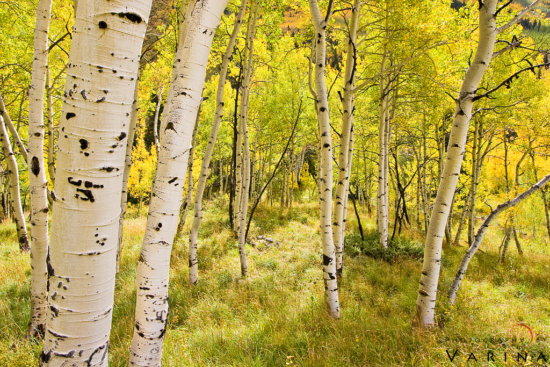
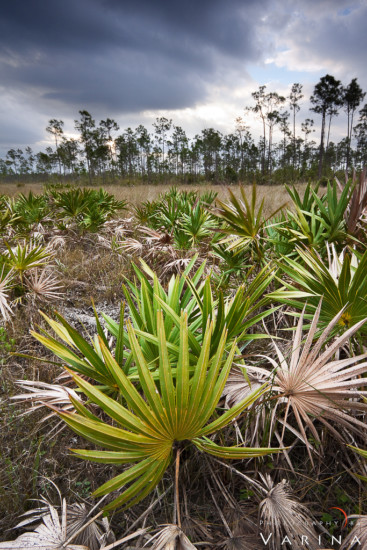

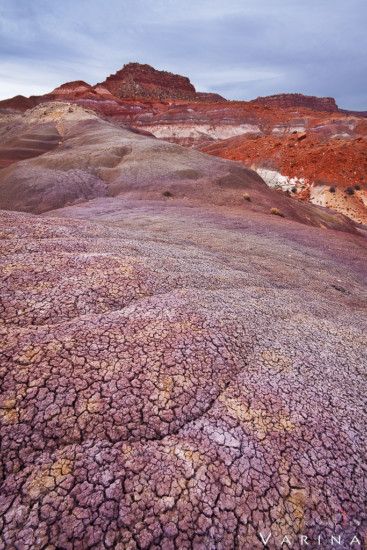
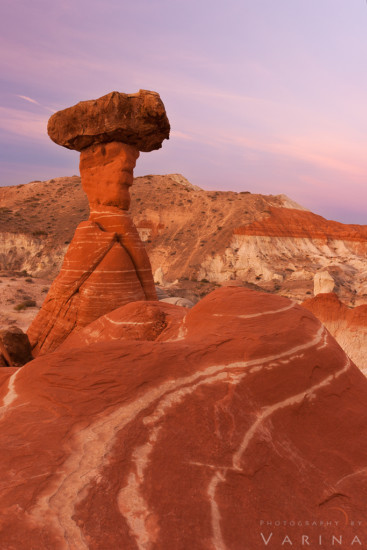
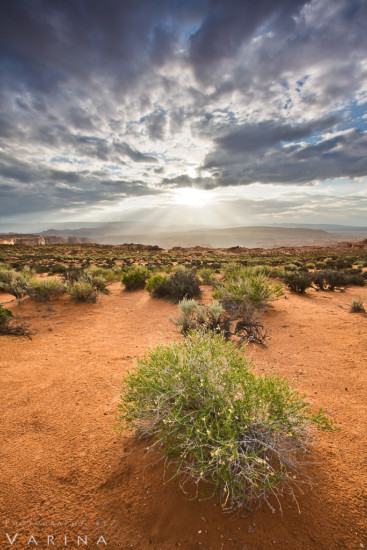


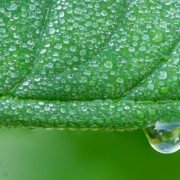
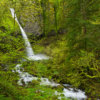






Hi Varina,
I found your work through Trey Ratcliff’s variety hour. Your photography is amazing and I am sure it must feel great to share the same Passion with your husband. When shooting landscapes I do struggle to find interesting foreground subjects, sometimes even if I can find one I see the light may not be interesting enough or missing out on interesting backgrounds.
Thanks for your kind words, Ratul. :) Jay and I are lucky to share a passion for photography. We really enjoy traveling and shooting together.
I think the most important thing in photography is light. So, look for great light first – and then look for a foreground object. :)
I can’t believe I never thought of this before, great tips! I’m going to try and find my foreground!
Good luck, Brooke!
Great pictures and very useful tips.Thank you.
Thanks, George! :)
Thanks for the invitation, Loïc. I will take a look!
Hi Varina,
I have discovered you great work via Photoburst. I would be honored if you would join this relatively newly created Facebook group (@ http://www.facebook.com/group.php?gid=232303787793) to promote your work there (please post a link to you website), and invite your friends.
You will also see a few familiar photographer names from Photoburst here !
Thanks in advance !
Best regards, Loïc